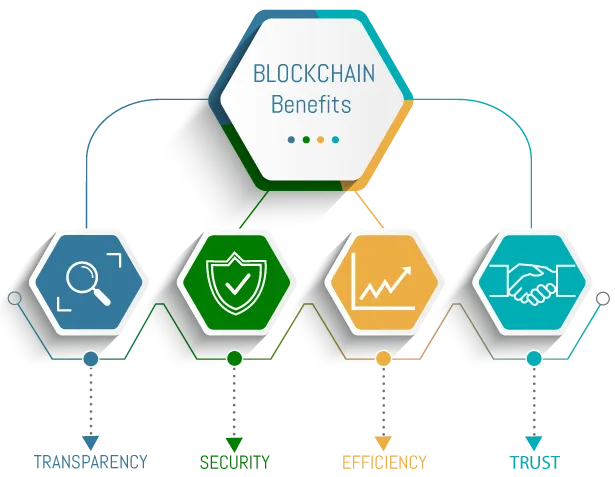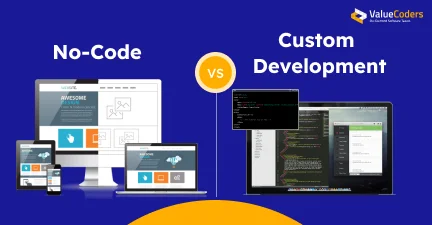Technology is advancing and transforming human life rapidly. Changes across industries accelerated the rate of transformation. Besides, a lot has changed due to the arrival of the Covid-19 pandemic. Amidst this, IT professionals are constantly learning, unlearning, and relearning every day.
Surely, you must be wondering how the world around us is changing due to the implementation of technologies and what those technologies are making a huge impact on. In this blog, we will learn about some powerful technologies that will reshape our future.
Let’s glean insights into them:
Tech Trends Reshaping The Future of IT & Businesses
1. Artificial Intelligence (AI) and Machine Learning
AI has effectively gotten an incredible buzz in the previous decade, yet it keeps on being one of the new innovation patterns since its eminent impacts on our life work and games. Artificial intelligence is now recognized for its prevalence in image and speech recognition, routing and navigation applications, smart assistance, ride-sharing applications, and so on.
Besides, AI will be utilized further to break down interaction to decide hidden associations and bits of knowledge, to assist with foreseeing and predicting interest for services like medical clinics empowering specialists to settle on better choices about asset use, and to identify the changing examples of client/customer conduct by investigating information in real-time, driving revenue and upgrading customized encounters.
Unleash the power of AI with ValueCoders, your trusted partner for cutting-edge AI and ML solutions.
The AI market will develop into a $190 billion industry by 2025, with worldwide spending on AI and cognitive frameworks coming to more than $57 billion out of 2021. With AI spreading its wings across areas, new jobs and positions will be developed in programming, testing, backing, and support, to give some examples.
Then again, AI offers the absolute most significant salaries today, going from more than $1,25,000 each year (AI engineer) to $145,000 each year (AI modeler) — making it the top new innovation pattern you should keep an eye out for!
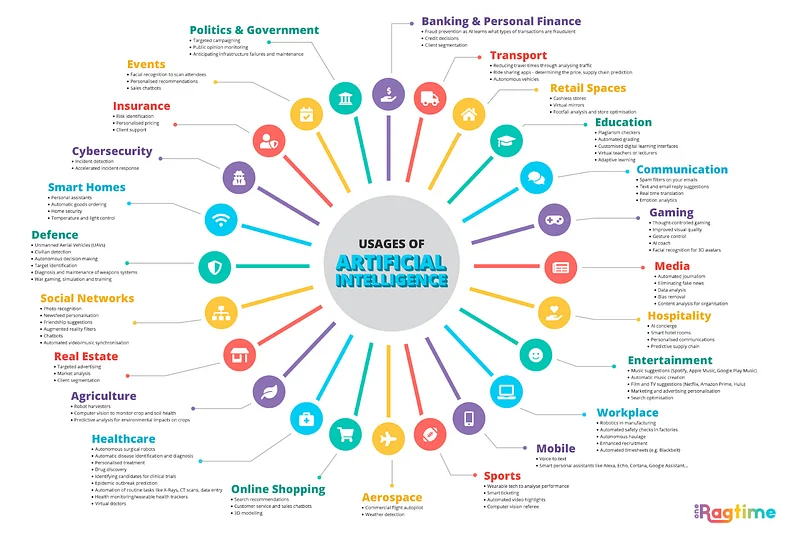
Machine learning, a twin concept of AI, is being sent in a wide range of ventures, provoking a colossal interest for talented experts. Forrester predicts AI, ML, and robotization will make up 9% of new US occupations by 2025, positions including robot checking experts, information researchers, data scientists, and content professionals, making it another new innovation you should remember!
Moreover, the usage of this technology is very common in Java Software Solutions, which makes it worldwide accepted among java developers.
Here are some transformations AI will bring.
- An ascent in computer vision software development applications to monitor & track public spaces through information data sensors and cameras is huge. Besides, with the assistance of neural networks, the applications will be capable of screening social distancing in the post-pandemic era.
- Predictive analytics joined with computational force will be broadly implemented by organizations to track down their likely client & customer. With the assistance of AI calculations, organizations can gain admittance to the business information of thousands of clients and discover their inclinations and interests.
- In view of the expansion of emoting work, because of the COVID-19 pandemic, consumer focuses will achieve more noteworthy measures of Natural Language Processing (NLP) and ASR.
- Advanced robotic mechanics will be generally executed in finance, advertising & promotion, manufacturing, and other business models.
- Chatbot technology is also the offering of AI and ML technologies that would reshape the complete human interaction with machines and intake of information in the future.
In short, AI will affect every vertical, including human life, industries, and business logic.
Also read: Top Programming Trends To Look For in 2025
2. Internet Of Things
These days only a few people are aware of the concept of the internet of things. However, many people are using it to some extent. As the name of this technology suggests, it is a concept where things are connected over a network, usually the internet.
In the manufacturing sector, MES software development (Manufacturing Execution System) has become a vital component of IoT strategies. By integrating real-time data from IoT devices, MES software allows manufacturers to optimize production workflows, maintain quality control, and track every stage of the production process with high accuracy. According to Business Insider, there will be more than 65 billion IoT devices by 2025, a sixfold increase since 2018. Automotive software development also relies on IoT solutions to optimize production processes, enabling real-time quality control and tracking at every stage. The rise of Industrial IoT Solutions is further accelerating this transformation, driving innovation in sectors like manufacturing, logistics, and energy management.
In the IoT ecosystem, sensors, processors, and small devices that can interact with the environment are used to collect data, and the cloud is largely used to process and present responses. This process is seamless and guarantees no delay, provides higher security and effective user interactions.
Typical Application of IoT can be seen in smart devices, smart home security systems, predictive support on a mobile platform, biometric cybersecurity, and much more. Moreover, we can witness the usage of IoT in the healthcare industry and organizations excelling in remote work.
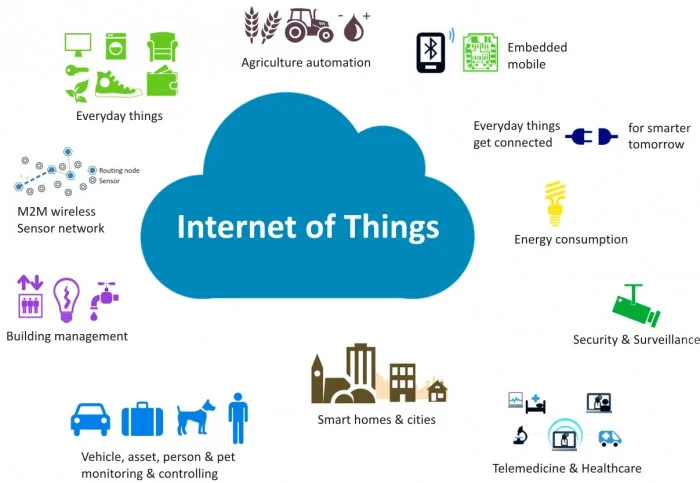
Altogether the arrival of Covid-19 has made the usage of smart devices in healthcare more significant. People around the world are more inclined toward wearable devices for checking personal health. Besides, these smart sensor-enabled devices allow healthcare professionals and patients to achieve the ability to timely share clinical guidelines.
Besides, the arrival of 5G and smart hardware technologies will also impact the flow of information in this segment.
Connect to the future with ValueCoders, a leading IoT Services Provider delivering innovative solutions for a smarter world.
3. CyberSecurity
Consistently, every day turns into an awful one for network and cybersecurity professionals. Regardless of how many defenses become, data and network hacking strategies are increasingly exceptional. Discussing the spike in cybercrime in 2020, president-elect Joe Biden has said that network safety and cybersecurity is “a first concern at each degree of government” from the second he takes the workplace.
For most organizations, the progress to remote working expanded the danger of breaks because of the greater utilization of home organizations and individual gadgets. Besides, the usage of concepts across custom software development, progressive Web App Development, and
are coveted. There are not many expectations that we think may affect the online cybersecurity world in 2025:
- Cloud penetrates and breaches: Because of the COVID-19 pandemic, numerous organizations are moving to the cloud. Cloud administrations and service providers ought to be prepared for new difficulties since there is a gigantic opportunity to notice a critical expansion in cloud breach on account of powerless security practices in cloud configuration that may prompt such shortcomings.
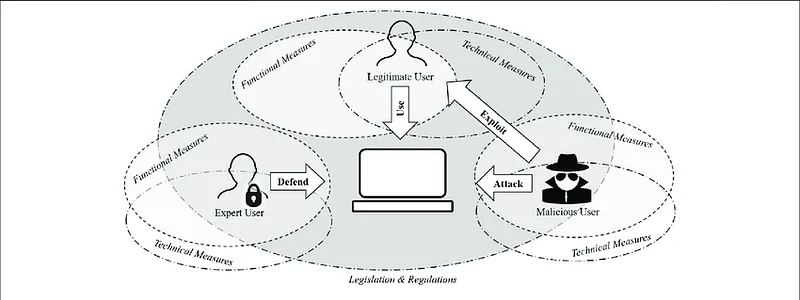
- 5G Sector: 5G, is the coming age of mobile availability and web. It is re-brandished and unpredictable. Without a doubt, it will colossally affect regions like smart cities, intelligent power grids, and defense facilities. Clearly, 5G needs solid regard for security.
- Cyber Insurance: As referenced beforehand, the expanding measure of cyberattacks will provoke a solid interest in digital protection arrangements to mellow the expected misfortunes. There are a few cases in the US where certain organizations have bought such protection insurance, and this market is required to develop through 2021.
- Forestalling Attack: It may sound self-evident. However, the fate of safety lies in a proactive methodology. It is a key to prevent attacks instead of managing their outcomes.
Also Read: A Complete Timeline Guide For Web App Development
4. Augmented Reality & Virtual Reality
Currently, outstanding innovation trends — Virtual Reality (VR) and Augmented Reality (AR), and Extended Reality (ER) are gaining huge traction worldwide. VR provides users with an environment where AR improves their current circumstance. Albeit this innovation trend has principally been utilized for gaming, it has additionally been utilized for preparing; similarly, as with VirtualShip, a recreation programming used to prepare US Naval force, Army and Coast Guard ship captains.

In 2021, people envision these innovations to be additionally coordinated into our lives. Typically working paired with a portion of the other new technologies we’ve referenced in this rundown, AR and VR have colossal potential in preparing, amusement, education, advertising, and even recovery after a physical issue. Either could be utilized to prepare specialists to perform a medical procedure, offer exhibition hall participants a more profound encounter, upgrade amusements, or even improve advertising, similarly as with this Pepsi Max transport cover.
Also Read: How Will AR/VR Shape The Future Of Businesses?
14 million AR and VR gadgets were sold in 2019. The worldwide AR and VR market is envisioned to develop to $209.2 billion by 2022, just setting out more open doors in the moving innovation and inviting more experts prepared for this game-evolving field.
While a few experts may search for optics as a range of abilities, note that beginning in VR doesn’t need a ton of particular information — essential programming abilities and a ground-breaking attitude can get some work; another motivation behind why this new innovative technology trend.
Experience the future of technology with ValueCoders, a leading AR/VR development agency delivering cutting-edge solutions for a more immersive world.
5. Blockchain
Many people only think of the usage of blockchain technology in cryptocurrencies. However, a lot can be done by using this technology as it offers great security useful in many areas. Besides, Blockchain Software Development Services are also acclaimed for higher security.
The name blockchain is a synonym to the concept, and here blocks of data are bound in the chain where you can’t change the data described in the block once. Moreover, the chain defines the concept as you make a chain of data.
In this system, you can change the previous blocks and also keep them secure by encryption. Moreover, the blocks defined in this system are consensus-driven, which means there won’t be any central authority to make changes in data. Besides, your data would be in a trusted place where no third-party interaction would need to perform transactions.
A number of industries are eager to implement Blockchain, and the use of technology improves security within the software. However, it requires skilled professionals with comprehensive expertise in developing and implementing blockchain architecture and solutions.
Related Blog: All About Blockchain Technology: Meaning, Types, Benefits & Much More
6. 5G
The next technology on the list is 5G that can have a huge impact on the world. It can provide a great list of advancements, including data browsing, data-driven services, increased bandwidth for streaming in a number of ways.
5G services are expected to impact human life tremendously by enabling the use of services like AR and VR. Besides, cloud-based gaming services and Custom Software Solutions may also get increased bandwidth to run faster.
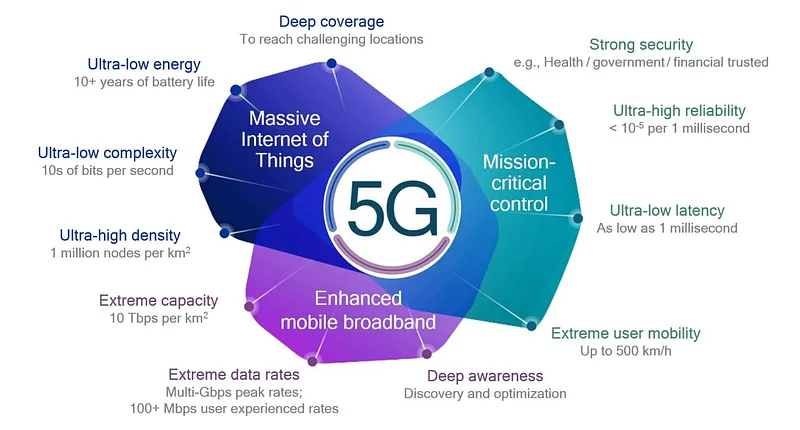
Altogether, factories, HD cameras, traffic management systems, smart grid control, smart retail, and more would be benefited from this technology. Besides, the telecom industry and companies like Verizon, Apple, Nokia Corp can also make their services advanced with 5G applications.
7. Quantum Computing
Quantum Computing is very less popular however greatly revolutionary. It is a form of computing that leverages the benefits of phenomena like quantum entanglement, superposition, and more. This technology is still being used in averting the spread of coronavirus, viruses and developing potential vaccines.
Moreover, this technology allows the use of querying, analyzing, monitoring, and the act of data. Apart from this, quantum computing is all about finding applications and finance to manage credit risk, high-frequency trading, and fraud detection.
Moreover, quantum computing is a thousand times faster than regular computers, and huge brands like Honeywell, AWS, Google, Splunk can make innovations in the field of quantum computing.
Other Latest Technologies used in Software Industry
Java Script
There is a huge buzz around the world about JavaScript. Being a scripting language, it is increasingly being used in both mobile and web application development. The major reason for adopting this technology is that it provides better performance in application processing and enables the creation of light-weights applications.
Empower your business with cutting-edge Java web solutions from ValueCoders, the leading Java development company.
Python
Python has been around for a long while and makes software development very handy with its variety of high-quality development packages such as Numpy and sci-py. Python is also very popular among developers, data scientists, and business intelligence experts, as it allows the usage of machine learning and AI algorithms.
Being a high-level programming language, python is in great demand these days due to its robust and competent architecture.
Also Read: PHP Guide: Vital Things You Should Know About PHP
Wrapping Up
The mentioned were major technologies that will reshape the world in upcoming years. Moreover, apart from these, data analytics, business intelligence, computer vision are other technical aspects that would change the way we do things.
Moreover, Custom Development Services are also coming into more focus with the combination of these technologies. You can deploy any of these technologies in your project to acquire futuristic competence and business benefits.

